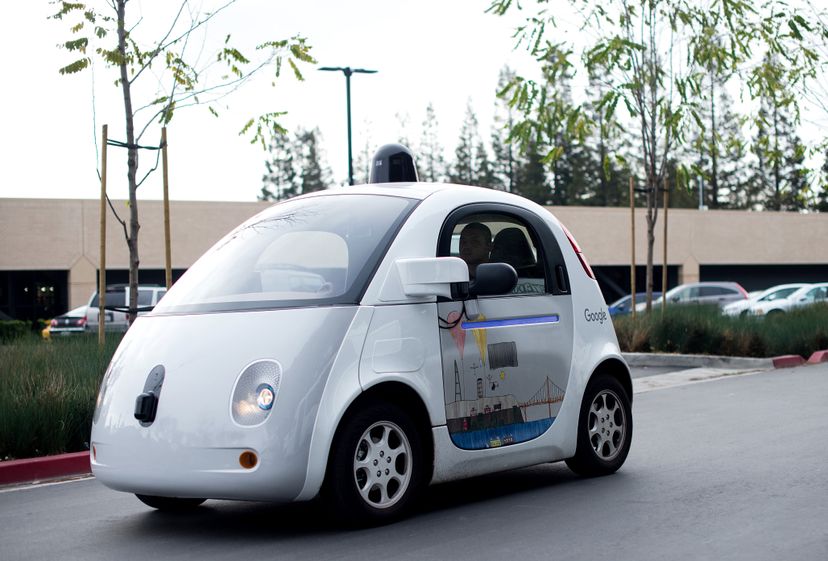
About This Quiz
Let go of the wheel, and let your car do the driving. How much do you know about autonomous cars? Test your knowledge of these driverless vehicles by taking this quiz.Their precision and attentiveness mean they could potentially go faster.
The computer is the brain that guides these vehicles.
Many of those deaths could be prevented by automated cars.
Advertisement
Corporate economics may help push the automation of fleet vehicles long before consumer versions become common.
Level zero requires human control and level four is completely autonomous.
At level three the car has autopiloting capabilities, but it still has a steering wheel and pedals for human control. This is called the limited self-driving automation level.
Advertisement
That way you won't grab the steering wheel in a panic.
Some high-end cars already have the automatic braking feature.
Engineers began working on self-driving cars in the 1920s. It's an old concept that's taken many years to realize.
Advertisement
Hurting a pedestrian would be the worst type of publicity for these cars.
The 64 lasers helped the car "see" pictures of the world around it.
Another driver ran into the Google car. In every self-driving car accident, of which there have been few, humans were at fault.
Advertisement
Developers are certain that robotic cars reduce those 10 million accidents.
The first DARPA race took place in 2004.
Since 2008 the company has been working hard on new prototype vehicles.
Advertisement
The Cornell University team used 17 serves, but another team used a single Mac Mini.
One hundred miles was just far enough to be useful for several urban trips.
The system uses 70 elements to sense driver inattentiveness. If it detects driver fatigue, it will alert you immediately.
Advertisement
Less accidents could save $190 billion per year. Plus, fewer people would wind up seriously injured.
One million dollars wasn't much cash considering the technology and time involved.
The Google car can see about 600 feet and can even distinguish between pedestrians and bicyclists.
Advertisement
Driverless cars could have 60 electronic control units - they are loaded to the dashboard with all sorts of computers.
Two hundred teams signed up for the race, and five finalist vehicles managed to complete the course.
The company wanted the car to look as welcoming as possible to avoid freaking people out.
Advertisement
The course was 150 miles (241 kilometers), and the farthest a vehicle made it was 7 miles.
With lower costs of driving and more old and young people in cars, congestion may increase.
One billion hours is a lot of time to get work done - or just watch Netflix.
Advertisement
It took just over four hours to complete the 60-mile course.
The $4 billion plan included real-world pilot projects.
It sees the adoption of these cars happening incrementally and predicts 10 percent of cars will be fully autonomous by 2035.
Advertisement